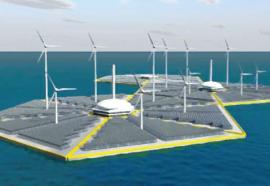Vendor Neutral
Kiewit chooses Alstom equipment for Dominion and Northland Power plants; Abengoa Solar reaches 143 MW with thermal plant startup; S&C Electric to engineer Tessera Solar project; Canada and Hitachi cooperate on carbon sequestration; Black & Veatch to manage PSE&G smart-grid project; AEP selects OPower for customer engagement; SRP picks Elster for AMI rollout; Oncor installs millionth smart meter; plus contract and technology announcements from ABB, Arcadian Networks, Beacon Power, Catalyst Renewables, eMeter, Itron, Open Systems International, Siemens, SunEdison, Tesla Motors and












